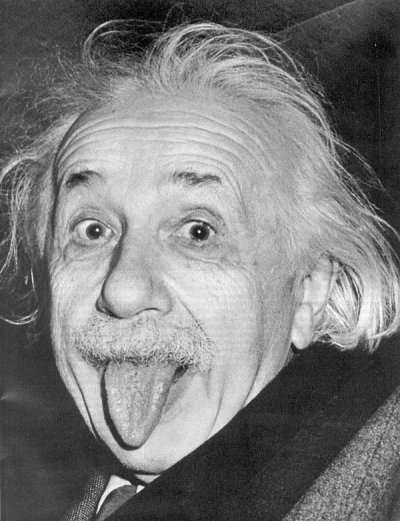It's the problem of velocity addition. For example, when you rune forward and throw a ball in the direction in which you are running, the ball moves faster than it would if you were standing still. If you can throw a ball 30 m/s when standing still, the same throw when you are running at 3 m/s gives the ball a speed of 33 m/s. You can summarize your ordinary experience in adding velocities as
where v is the velocity with respect to the ground, u' is the velocity of the ball with respect to you, and u is the velocity of the ball with respect to the ground. This is called the Galilean velocity addition formula. However, when it comes to Special Relativity, it doesn't work. The correct velocity addition formula, which was first given by Einstein, is
Now suppose one observer moves with velocity v relative to another observer. The first observer shines a light beam directly ahead of him at a velocity c measured in his frame. The speed of light as seen by the second observer can be found from the velocity addition formula given by Einstein.
.gif)
.gif)
.gif)

No comments:
Post a Comment